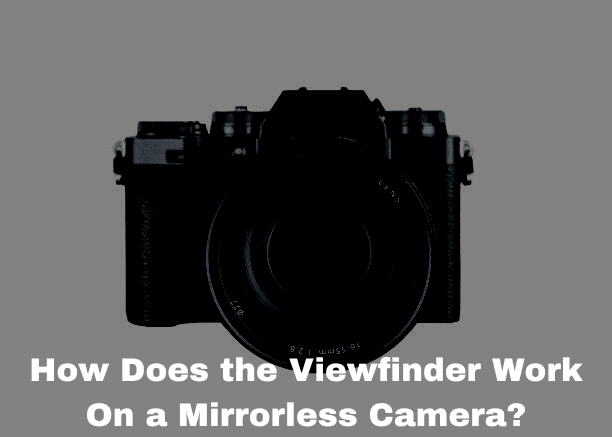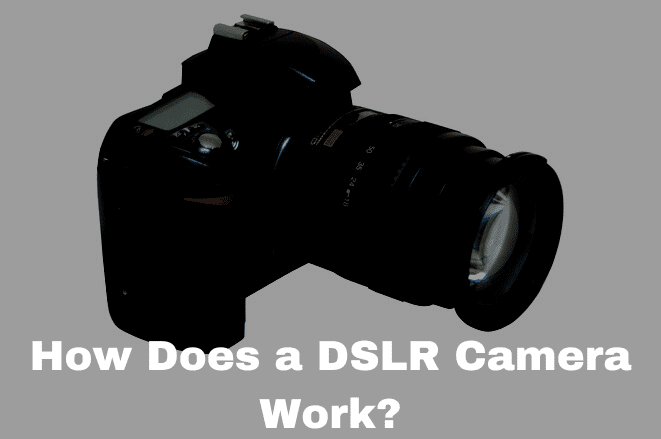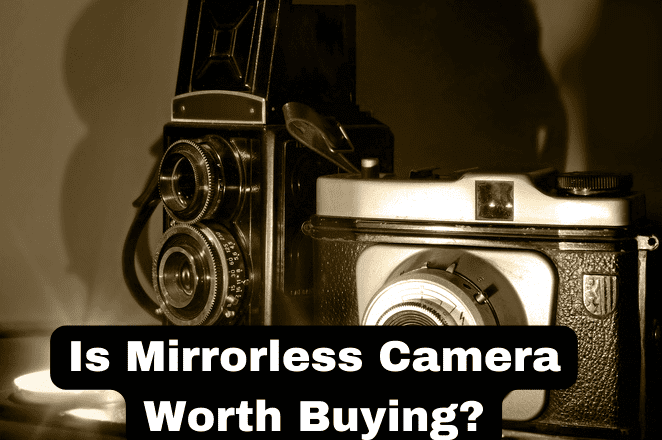Well, they do but it is not the same as that of a DSLR that most of you are probably familiar with. I already wrote an article on this so it makes no difference if you read that one or this one honestly. Anyways, you clicked on this one, so I won’t waste your time.
Electronic Viewfinders EVF
With a mirrorless camera what happens is when you look into the viewfinder on the DSLR camera, it is as if you had a mini television inside a mini screen that is showing you basically what the camera sees. So it is a different experience and that means if the EVF electronic viewfinder is not great then it is gonna look really bad on your screen. You are gonna think everything is either fuzzy or overexposed or underexposed and pixelated and all that. Nowadays it gets a lot better if you are trying to get older with more or fewer cameras and make sure it is good for you and you won’t get confused.
Let’s go back to the basics
So we can say that mirrorless cameras are cameras that have an electronic viewfinder instead of an optical viewfinder found in DSLRs. (Pretend as if you did not figure it out yet 😉
The viewfinder in a DSLR vs. a mirrorless camera
DSLR
The optical viewfinder in a DSLR uses a system of internal mirrors that allows you to see the scene you are photographing directly through the lens; this is how it works. First, the light enters the lens and hits a mirror reflecting it into a prism. Then the prism reflects the light into a viewfinder allowing you to see the scene.
Recommended Article: How Does the Viewfinder Work On a Mirrorless Camera?
Mirrorless camera viewfinder; how does it work?
A mirrorless camera allows light to pass through the lens directly onto the image sensor. The optical viewfinder is replaced with an electronic viewfinder that displays the image sensor, sees in DSLRs pressing and releasing the shutter button triggers the reflex mirror to flip up and the shutter to open allowing the light to hit the camera sensor and record an image.
Mechanical shutter
Mirrorless cameras use either a mechanical shutter which is the default setting or an electronic shutter. The mechanical shutter setting uses physical shutters to initiate the exposure; it starts with the shutter being out of sight allowing the sensor to record the scene and transmit it to the viewfinder.
The process
When you press the shutter button, the top shutter will momentarily close and then open to expose the sensor for the duration of the shutter speed. Once open, the bottom shutter will close to end the exposure.
Electronic Shutter
In contrast, the electronic shutter does not use any physical movements to initiate the exposure rather it relies on activating and deactivating the sensor to capture the image.
The pros of the electronic viewfinder
The electronic viewfinder also enables you to preview live changes to your histogram and camera settings such as exposure settings, saturation, and white balance. In addition, mirrorless cameras feature contrast, detection, autofocus, and focus peaking which makes focusing easier and faster on static objects. I think that is all you need to know about the viewfinder of a mirrorless camera.
Related Article:
Why Mirrorless Cameras are Taking Over?
Is a Mirrorless Camera Worth it?












